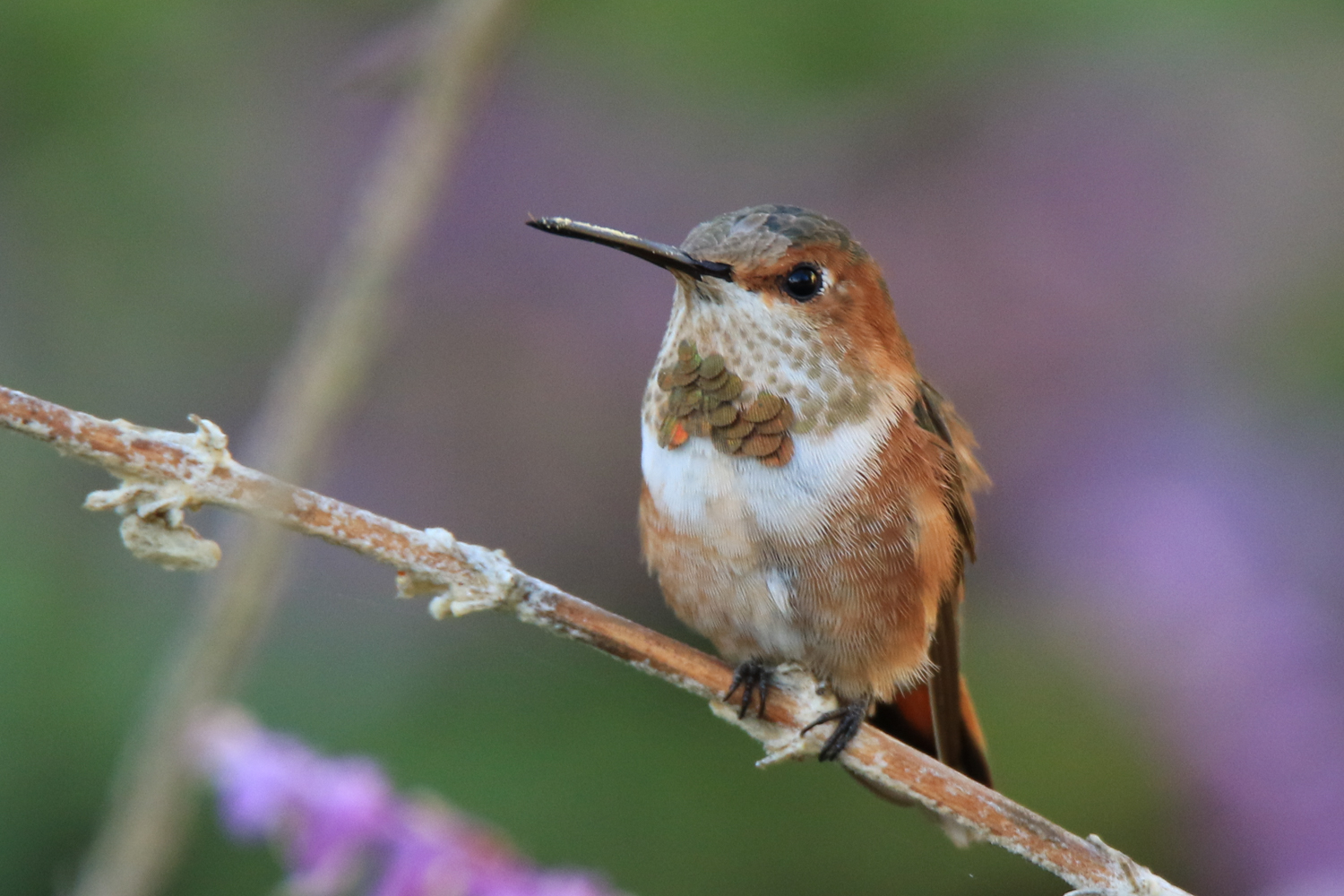
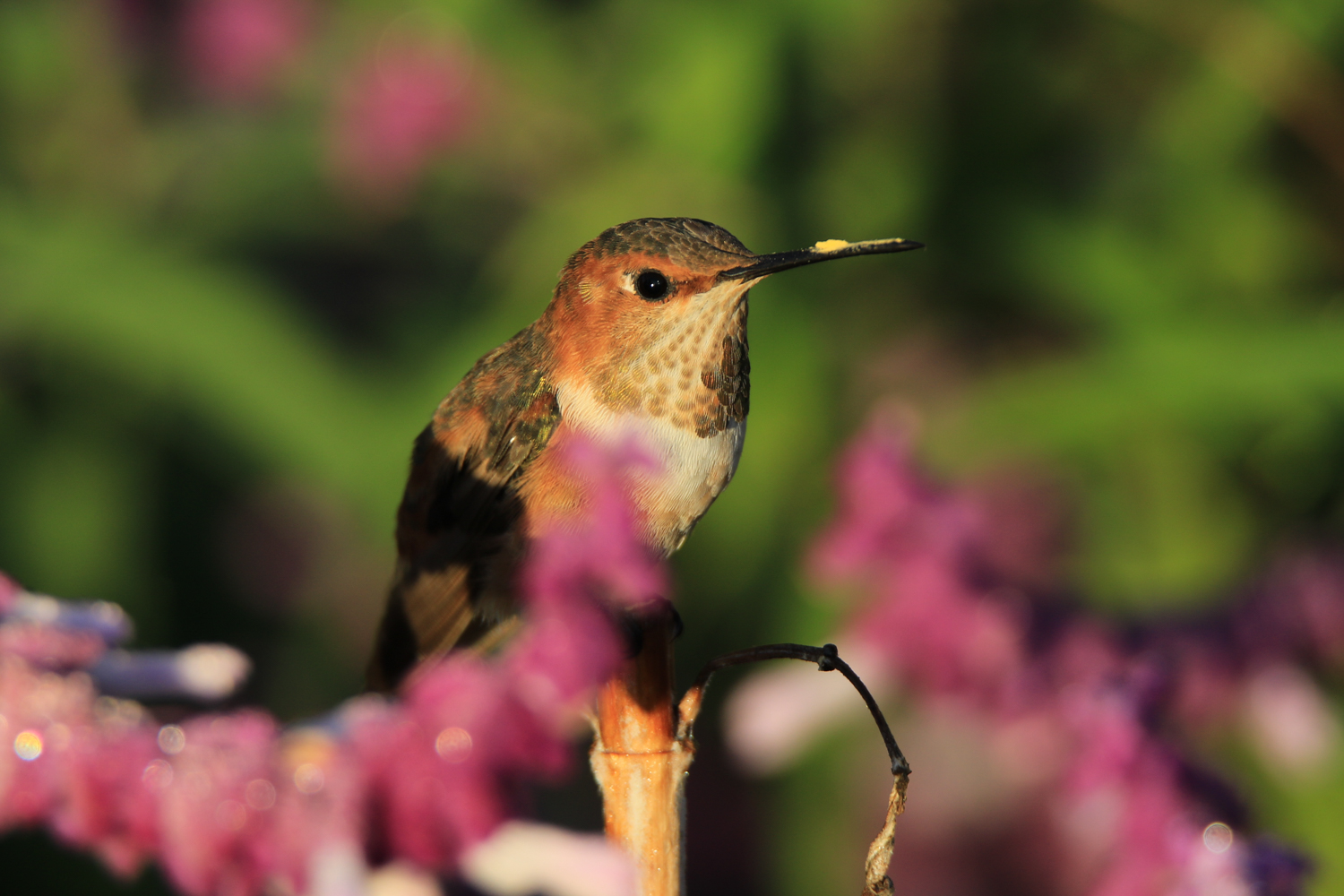
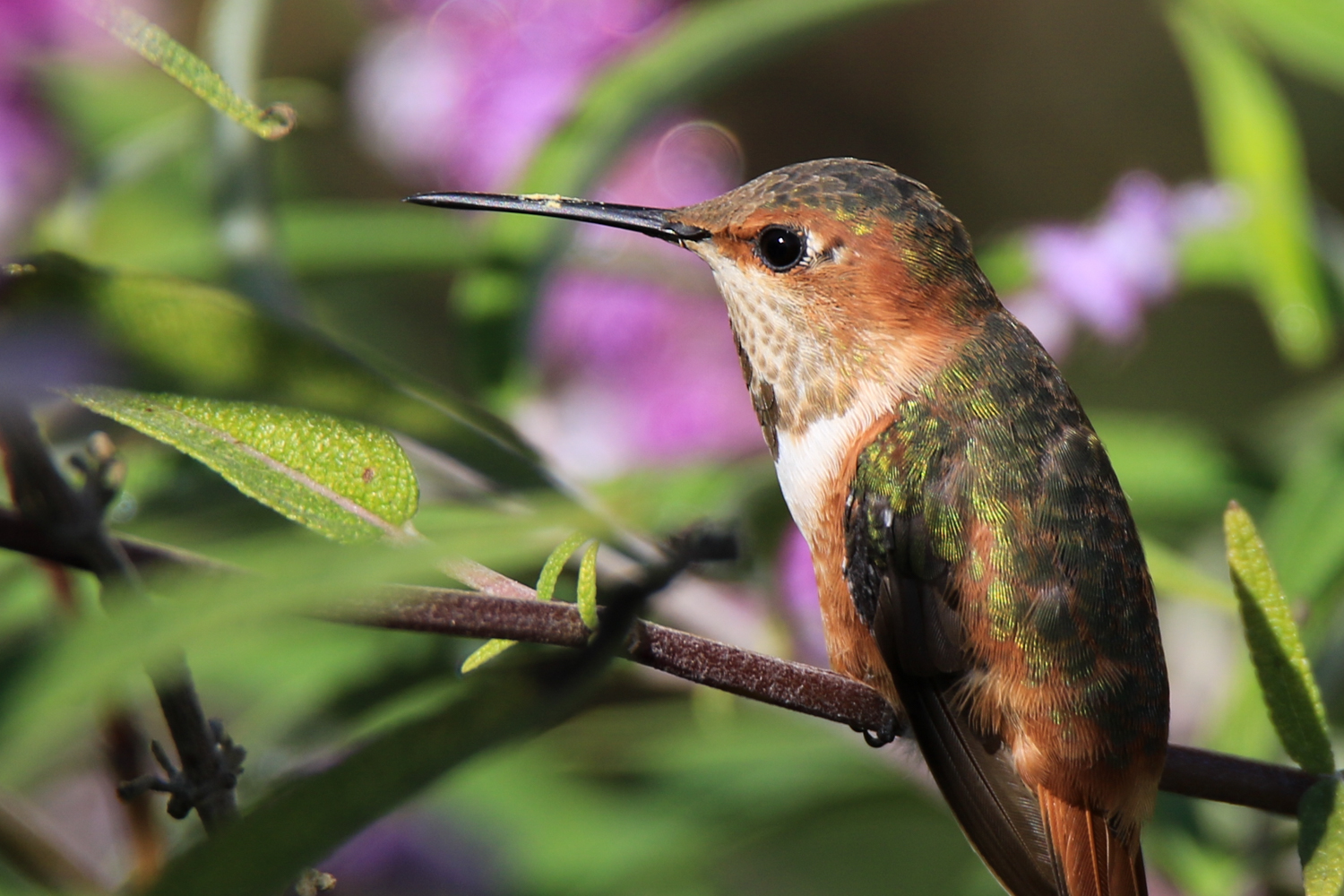
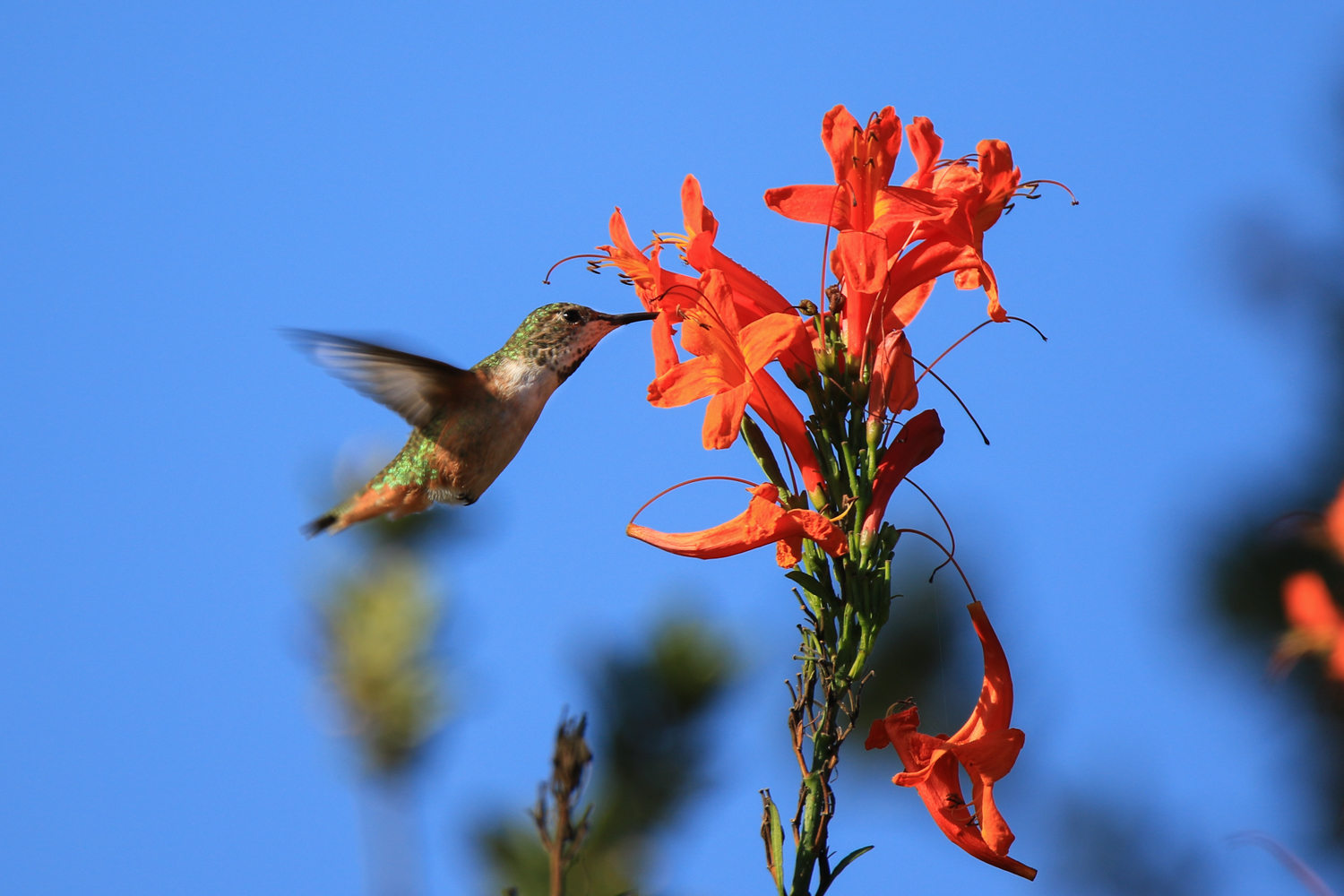
This one is an Anna's Hummingbird:
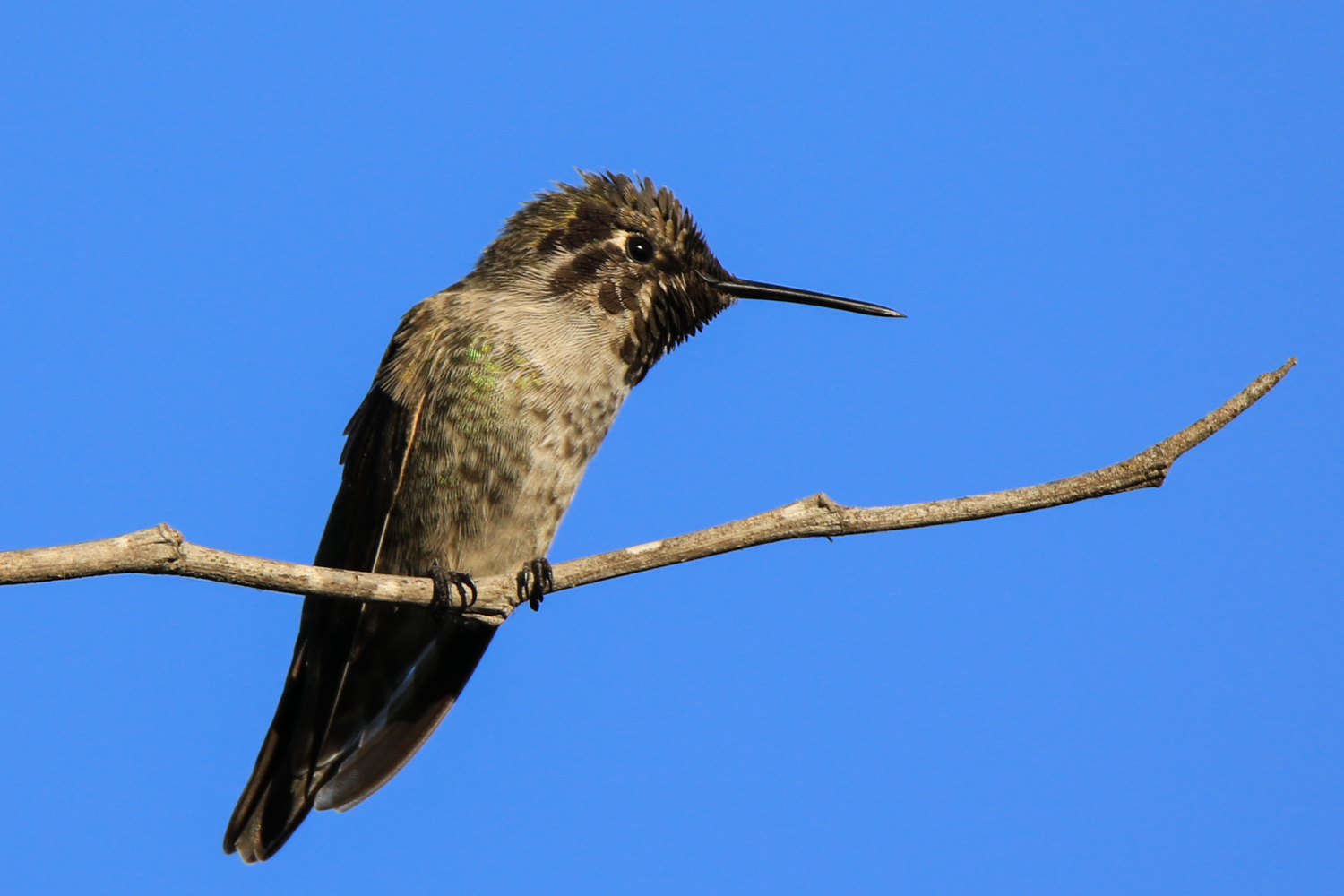
Now on to woodpeckers. A unique species native to the US West is an Acorn Woodpecker:
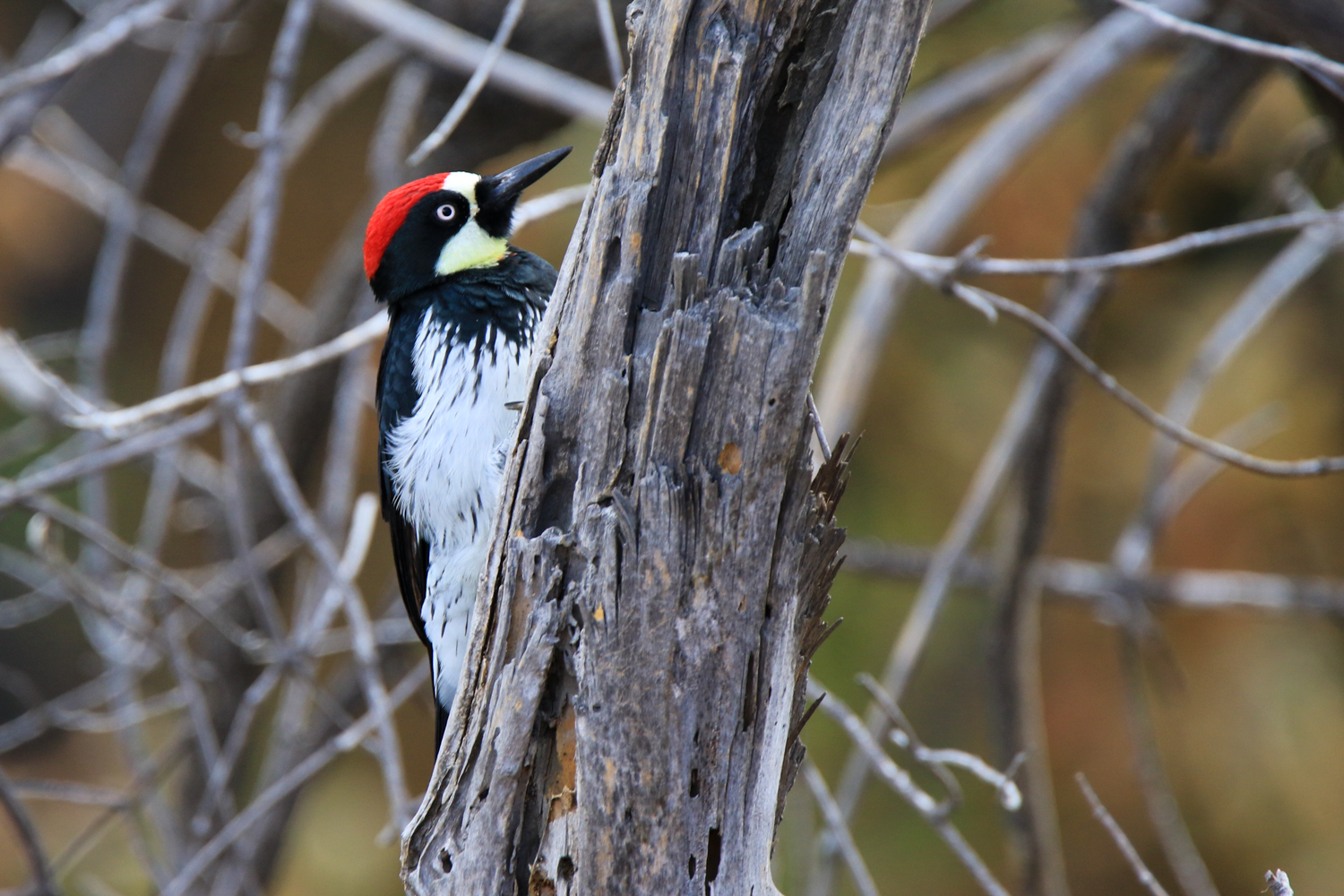
It's unique in many ways. One of them is how it stores its food, the acorns: in self-made little holes in a thick dead tree:
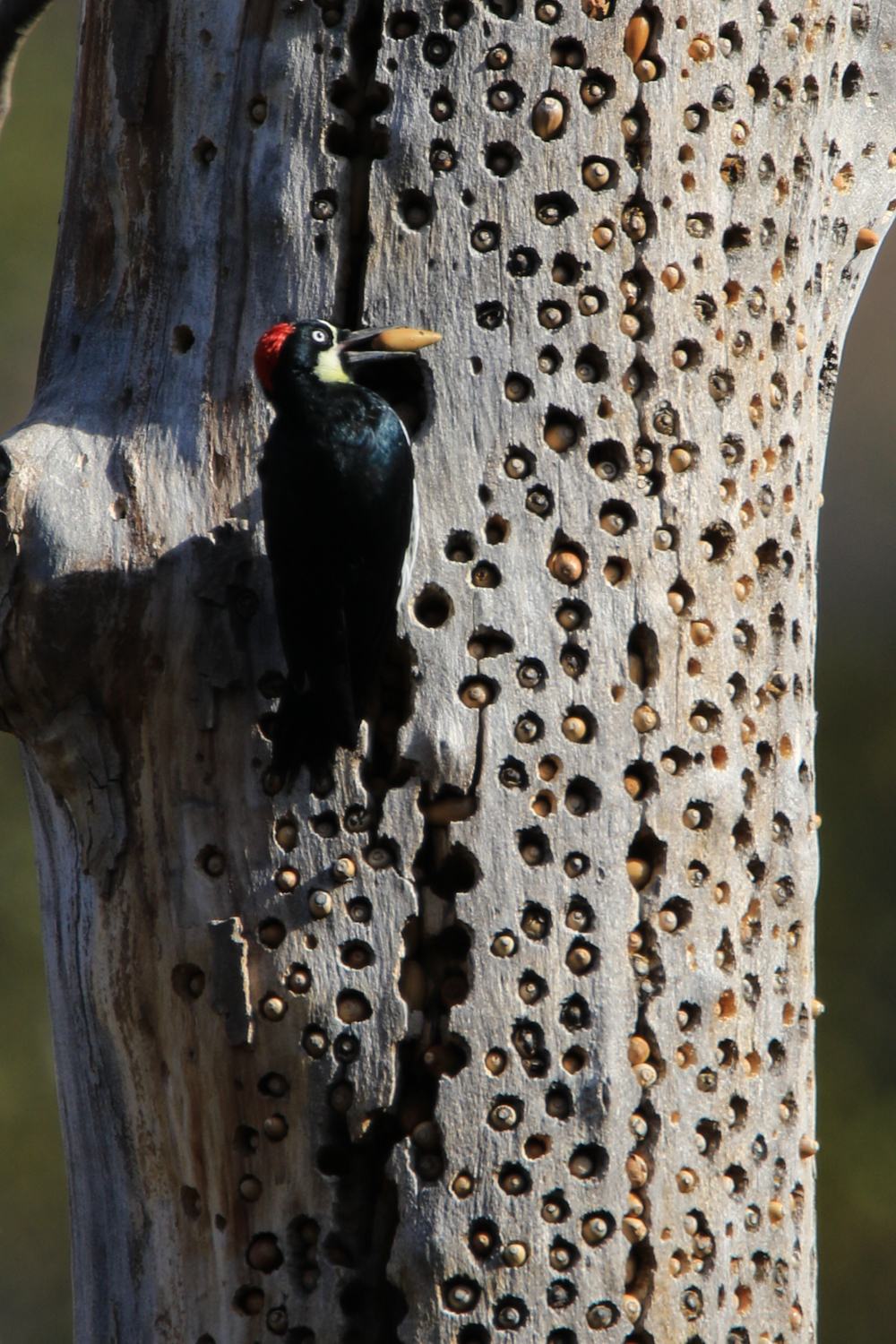
His stash can get pretty big:
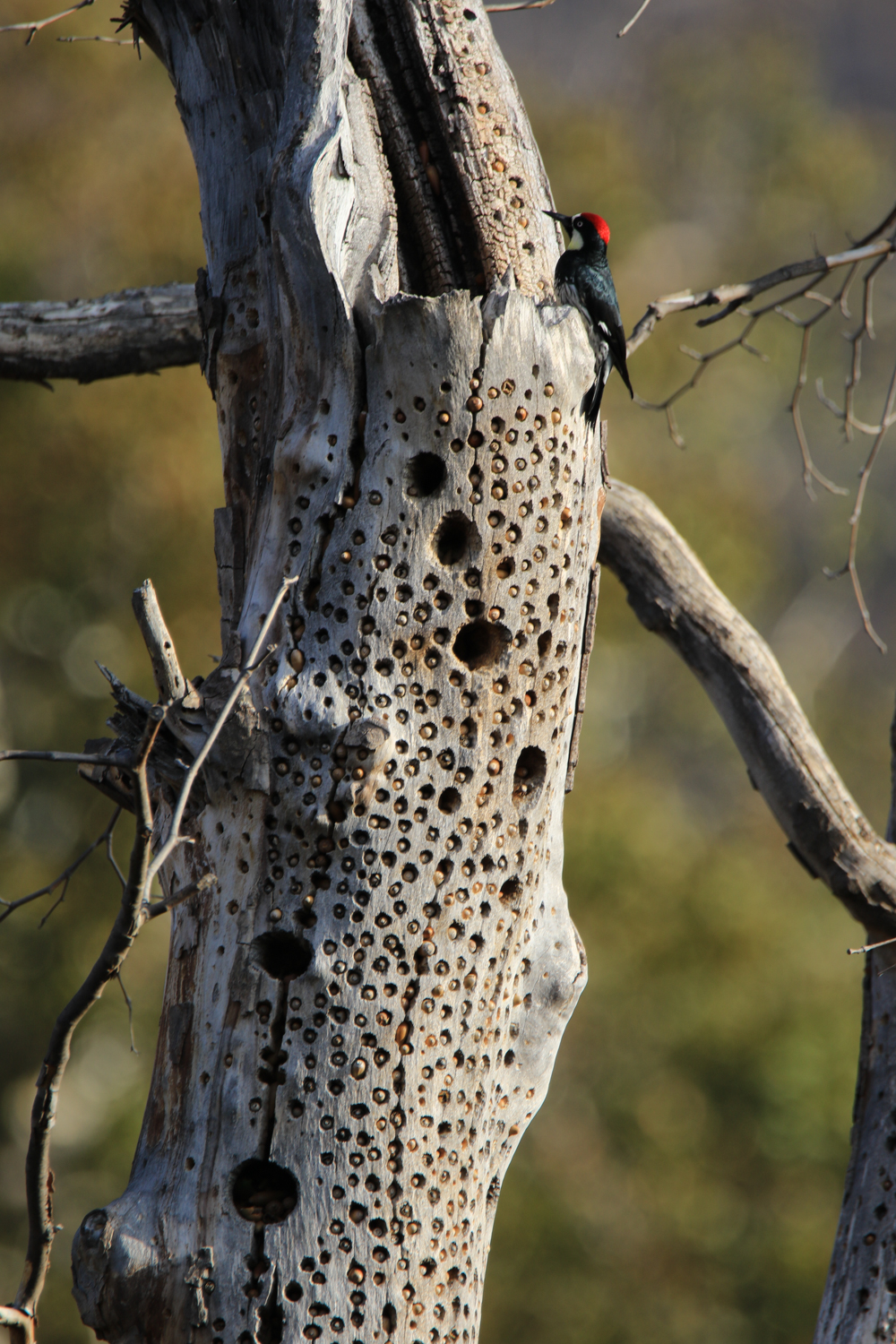
And even bigger:
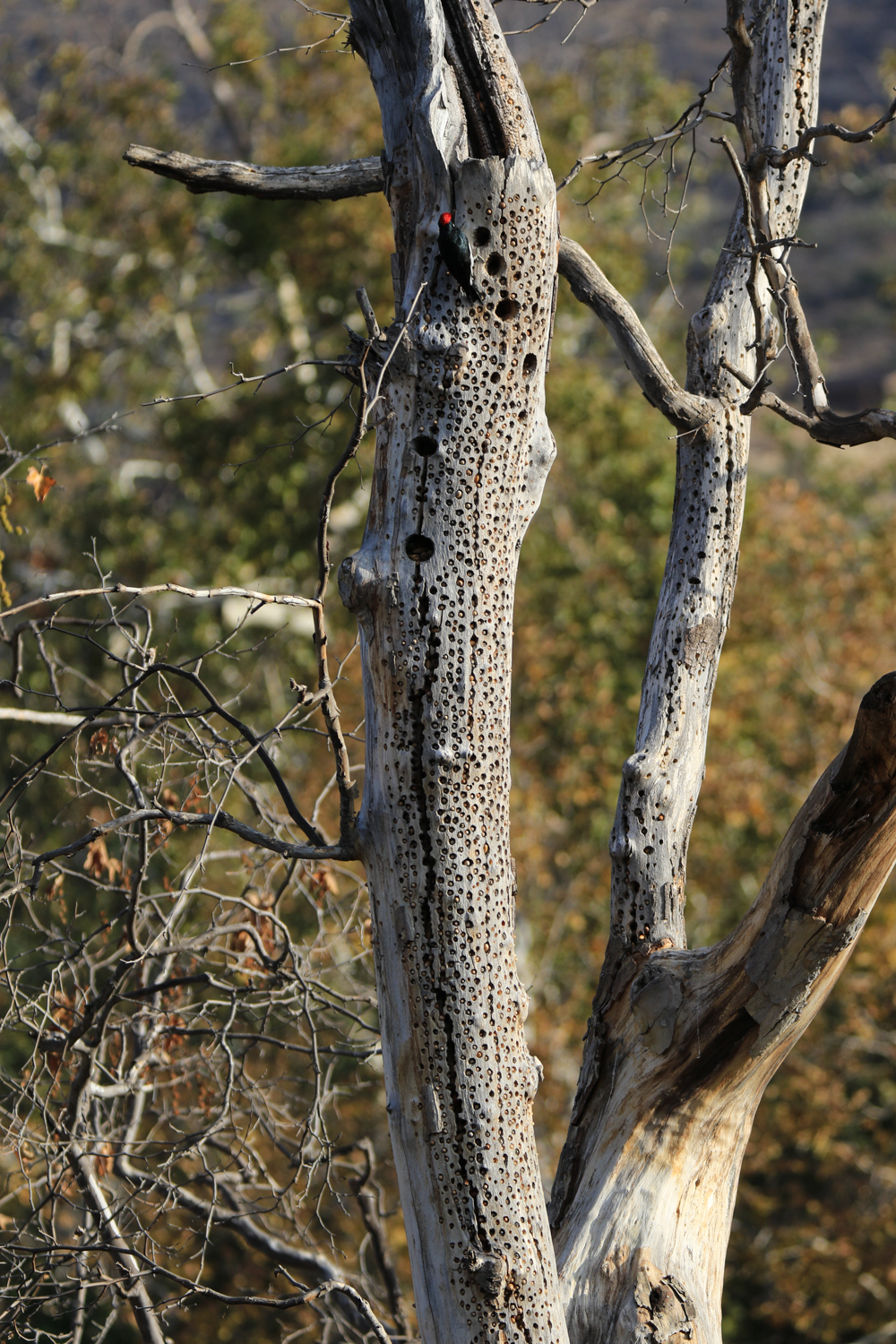
Moreover, they stash the acorns in any nook and cranny they can find nearby, such as the cracks between these roof tiles:
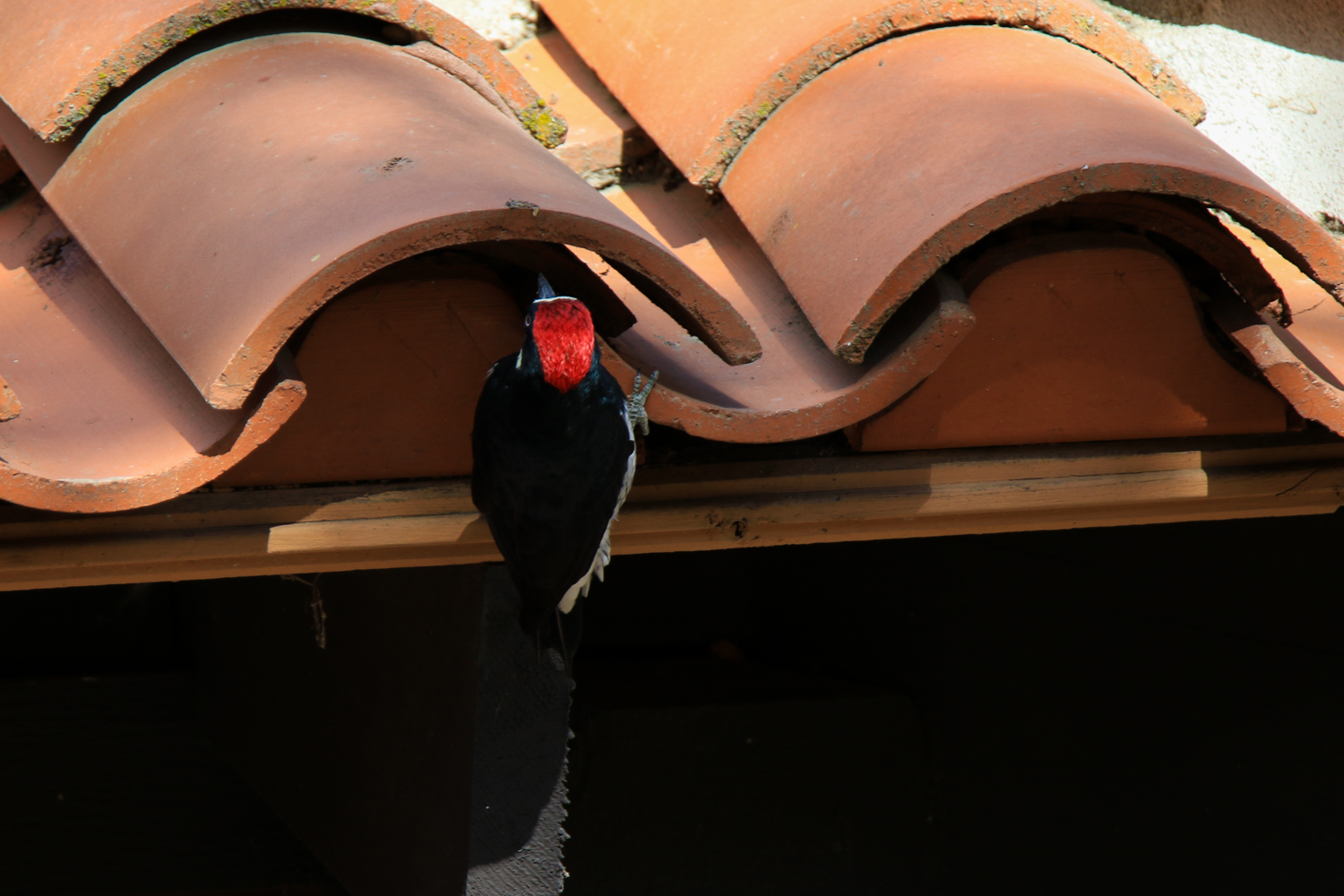
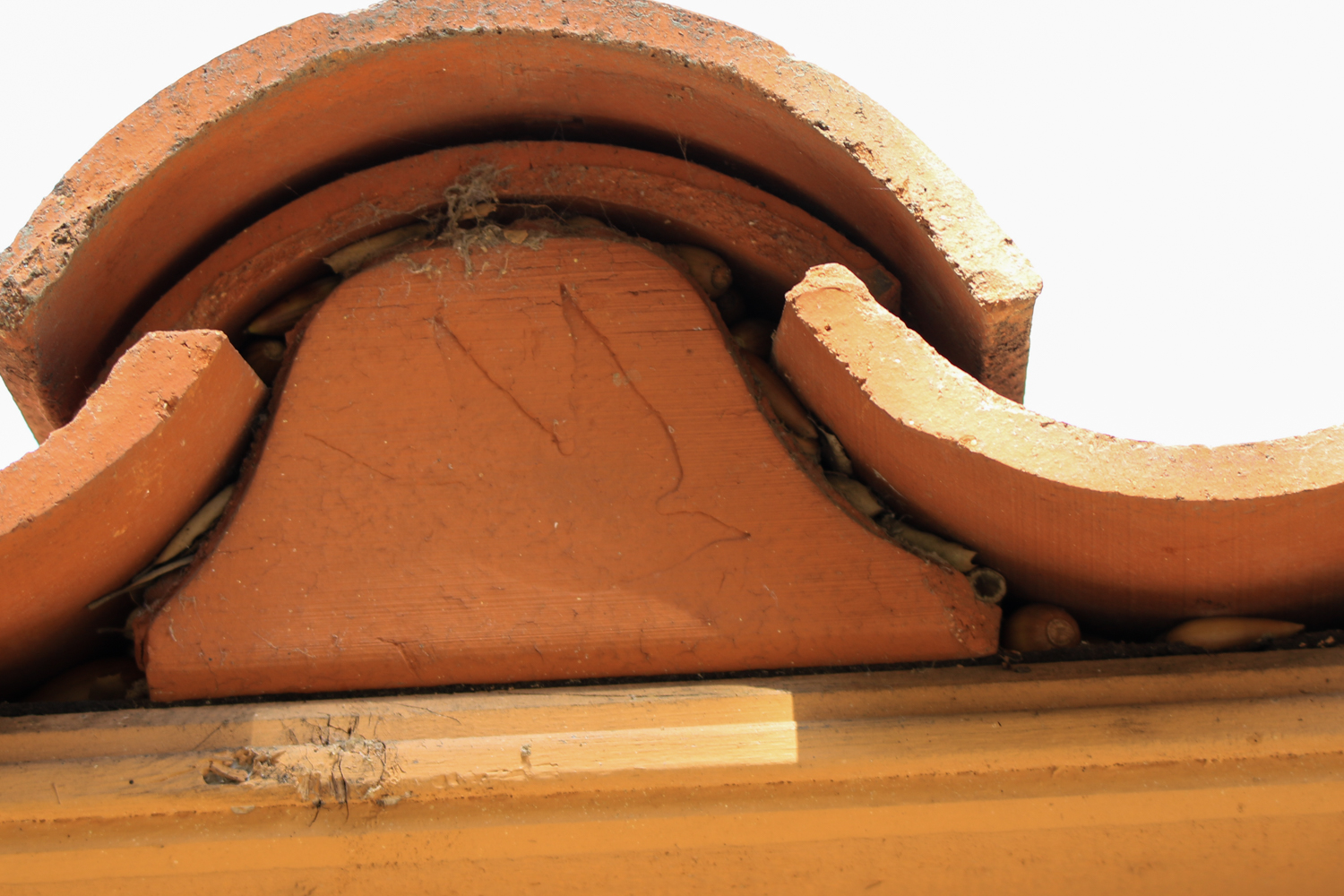
One of the reasons the stash is so big is that Acorn Woodpeckers are actually a colonial bird. The colony is formed around a main pair:
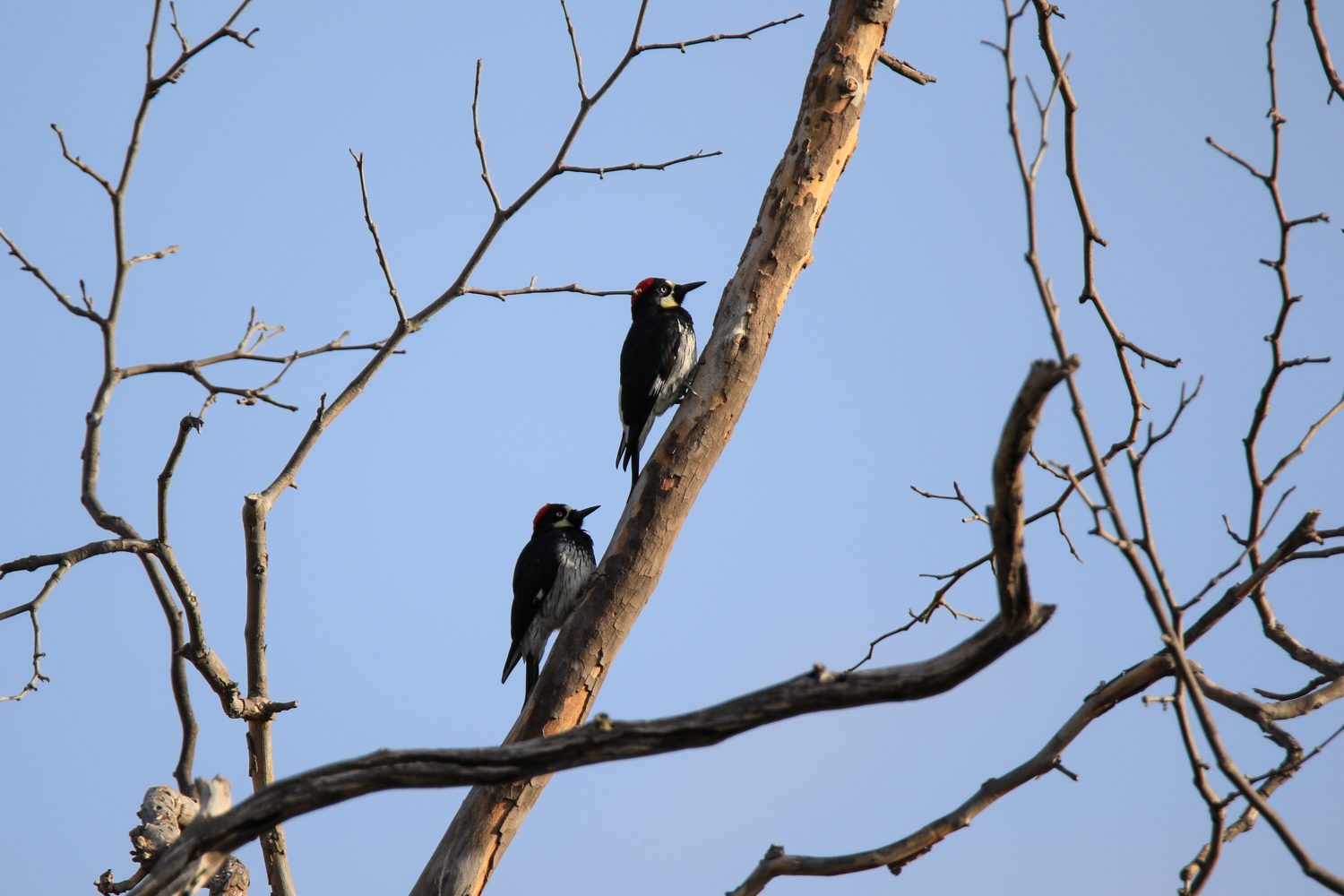
This tree has several acorn woodpeckers on it. Aside from the main pair, the other birds are usually 1st and 2nd-year descendants of it, helping the family out, like all kids should.
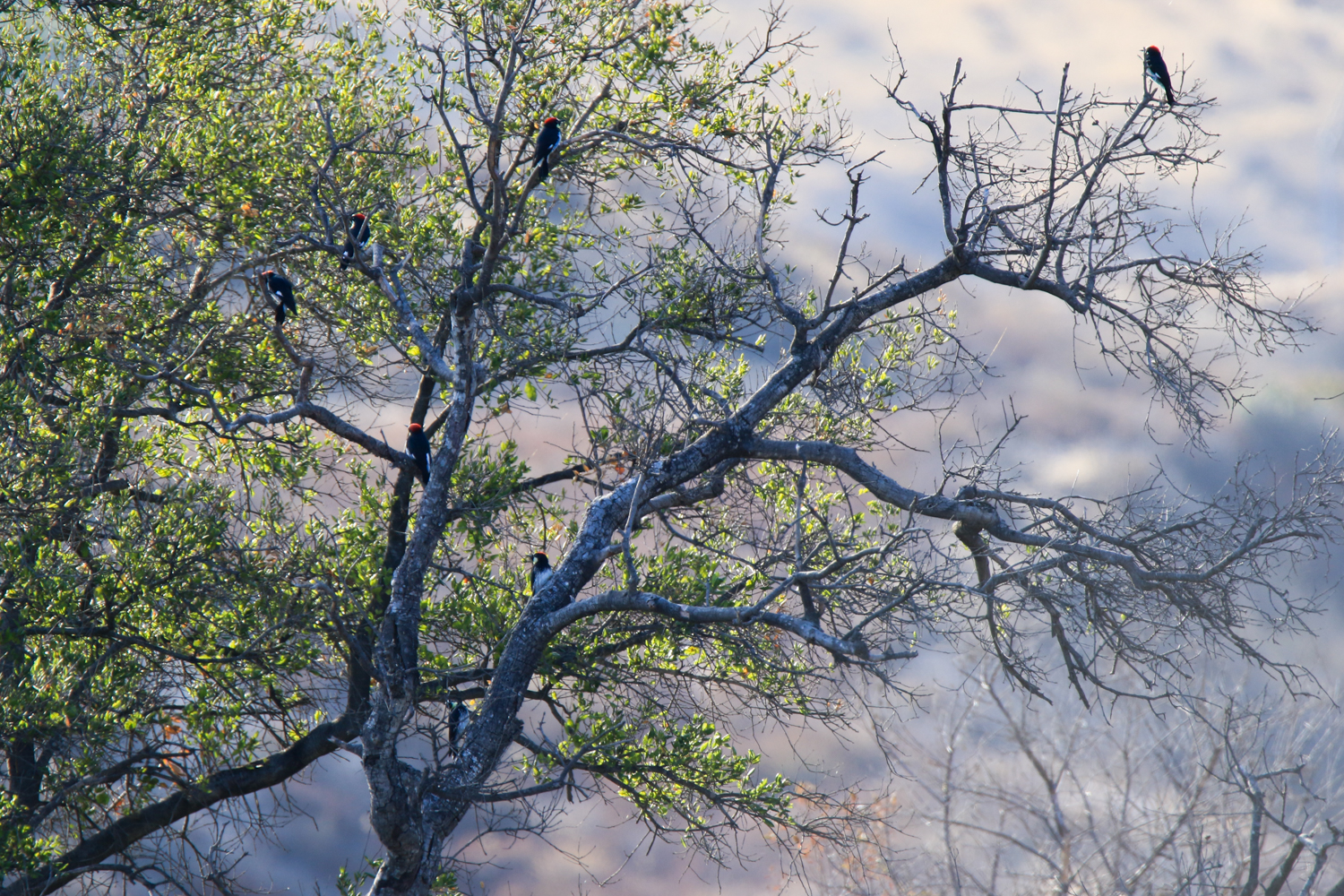
Final shot - back to the cooperative Allen's Hummingbird from San Joaquin wetlands:
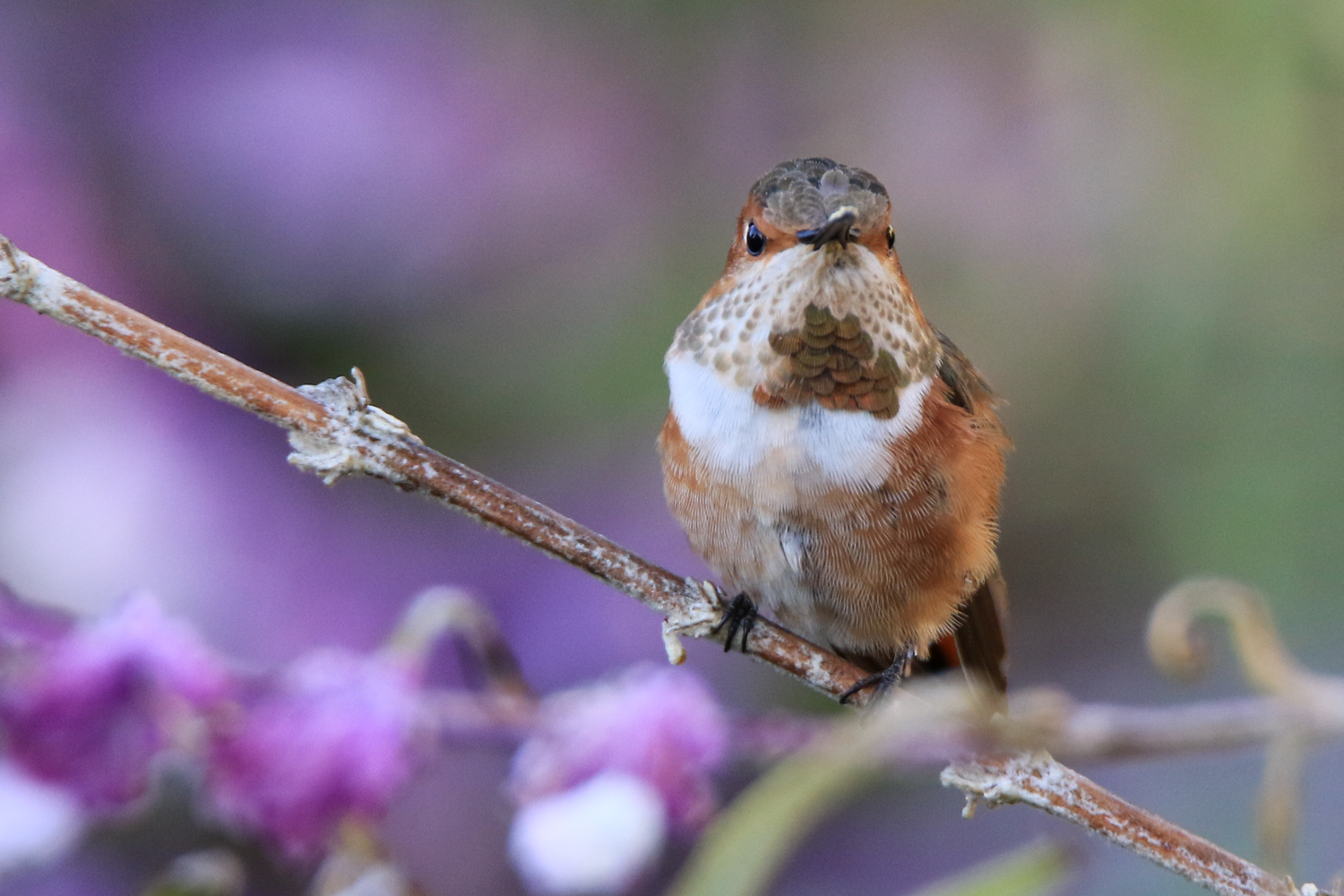

No comments:
Post a Comment